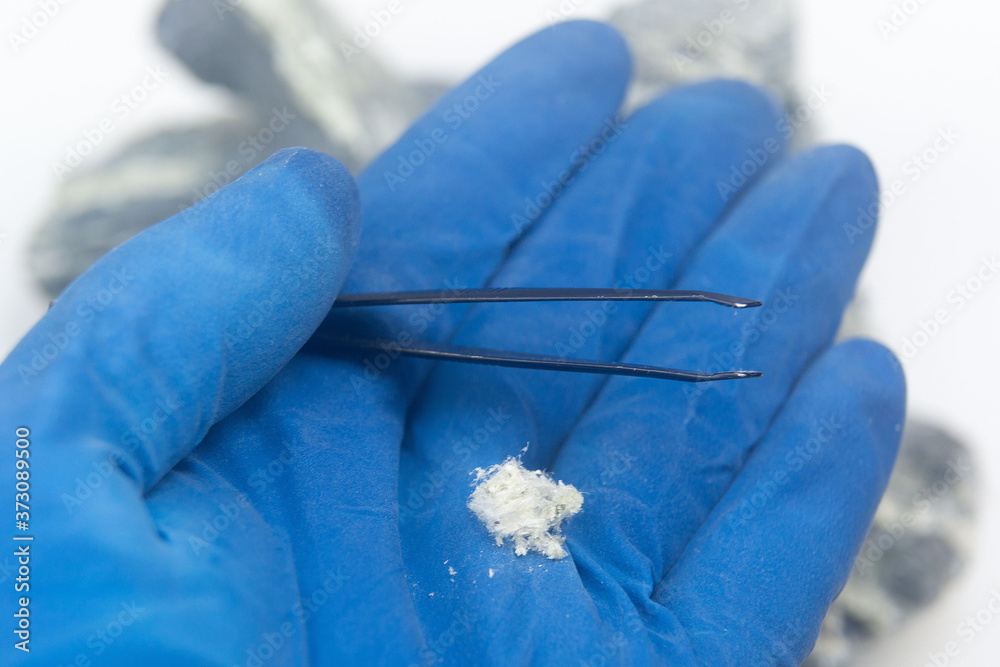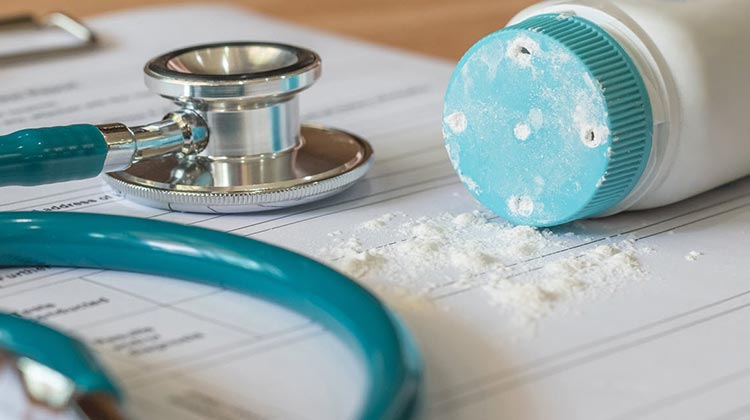What is Asbestos?
Asbestos is a group of six naturally occurring minerals made up of heat-resistant, flexible fibers found in large deposits around the world. Asbestos is mined at an industrial scale in the same open pit process as other ore deposits, with most of these mines now located in Russia, Kazakhstan and China. The toxic mineral was mined throughout North America beginning in the late 19th century until its carcinogenic effects on human health became more widely acknowledged in the 1970s.


The Asbestos/Talc Link
Talc is found in the same geological formations as asbestos and is mined in a similar way. Numerous studies have shown that asbestos fibers can be found in consumer-grade talc and those fibers cannot be processed, “selectively mined” or “washed away.” Even the FDA confirms that the geology of talc deposits is consistent with the presence of asbestos and talc fibers.
In October 2019 the FDA issued an official Alert on Johnson’s Baby Powder and a recall of tens of thousands of bottles believed to be contaminated with asbestos. The report noted: “During talc mining, if talc mining sites are not selected carefully and steps are not taken to purify the talc ore sufficiently, the talc may be contaminated with asbestos.”
How much Asbestos is safe?
“Evaluation of all available human data provides no evidence for a threshold or ‘safe’ level of asbestos exposure.”
Susan, Mayne, PhD, Director of Center for Food Safety and Applied Nutrition at the FDA which oversees cosmetics testified before Congress that there is “no known safe level of asbestos in a cosmetic product.”
Corporate representatives, John Hopkins, PhD and Susan Nettesheim, PhD testified that there is “no known safe level” of asbestos.

Testing Talc for Asbestos
The testimony of J&J’s corporate witnesses show that the company conducted tests as early as the 1950s that found asbestos fibers in samples of Johnson’s Baby Powder. But the company never publicly acknowledged those findings until litigation began more than 60 years later.
One 9-ounce bottle of Johnson’s Baby Powder from 1978 was later found to contain more than 16 million asbestos fibers; a 1994 bottle held more than 229 million asbestos fibers.